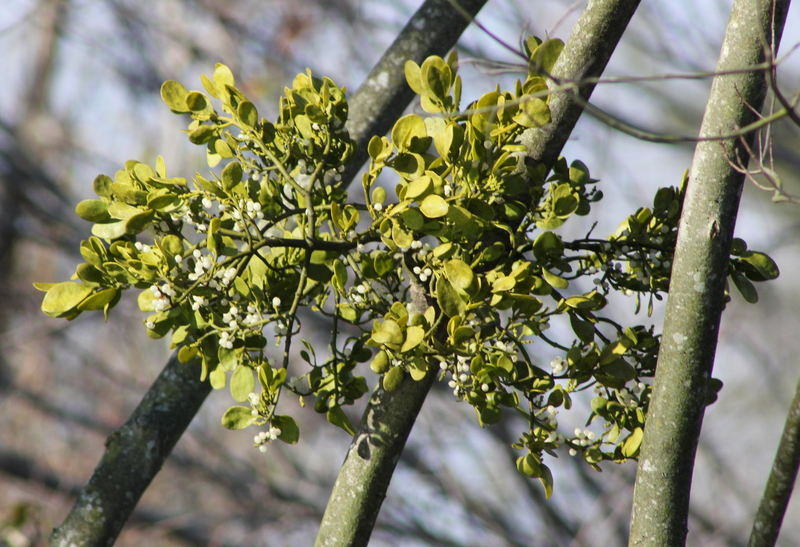Kenny Hopkins and I talk ducks and geese and wildlife now and then. He and I both scratch around for bits of wisdom and information we can pass along when the opportunity presents.
Lately we've been talking about the relatively low number of migrating ducks and geese we've been seeing this year. “There's not a frozen lake between here and Canada,” said Kenny. “So far there's no reason for the birds to move down this way. Eddie Brown says that when the ski resorts up north are doing well it makes for good hunting down here.”
Matt DiBona counts migrating waterfowl as part of his job as a biologist with Delaware's Division of Fish and Wildlife. Jeff Chorman flies him in one his small planes, using the same twisting and turning acrobatics from crop dusting to give Matt a low enough view of the streams, creeks, swamps, rivers, marshes, fields and bays where migrating waterfowl feed and rest so he can estimate their numbers. (If they ever ask you to go along for the ride, make sure they point out the airsick bags.)
“It's the general consensus that we're just not seeing tremendous numbers of geese and ducks this year,” said DiBona this week. “The refuges are holding some birds and a few of the private impoundments. But not much else. Three weeks ago the snow geese started moving in, but what we're seeing so far is just average or below average. We've had no weather yet. It's not as poor as last year, but it's not good.”
This is not the way it was supposed to be. Last year, biologists expected a record breeding season on the Canadian prairies to send a tremendous number of birds southward during the fall and winter migration. But remember what a mild winter we had last year. This year's breeding observations were again strong.
“The duck and goose breeding population estimates led to predictions of strong production and record numbers of birds in several species,” said DiBona. “The fall flight for this year was predicted to be the highest in years; there should be plenty of ducks, but not so far.”
The duck hunting season goes until the end of January, and the Canada goose season was extended by four days this year, so it will go into February. “I don't know if there will be any extension or shifting of the duck season into February,” said DiBona. “The pair bonding that eventually leads to the breeding season happens during the fall and winter, so we have to be careful about disrupting that.”
He said a hunting survey will be going out soon. “That information should help us decide what direction we may want to go in the future. In the meantime, we know there should be booming numbers of ducks up north. We just need some sent down our way.”
Plenty of mistletoe for wildlife
When winter blows all the leaves off the trees, it's time for Delaware's abundance of mistletoe to show its stuff. The green, leathery leaves of mistletoe get sunshine they've lacked all spring, summer and fall. They use their photosynthetic winter magic to create the waxy, white berries that eventually give way to some of the new year's earliest blossoms.
People in these parts like to hang mistletoe in doorways to encourage kisses. Author Washington Irving once described the custom and said that each time a man gained a kiss he was to remove one of the berries from the mistletoe clump. When all the berries were gone, the kissing had to conclude.
A Wikipedia article says the mistletoe name comes from the fact that some species of the parasitic plant regenerate when their seeds pass through the digestive systems of birds and then stick on branches where they germinate and then dig their roots into the host tree's bark. The article says mistle is the Anglo-Saxon word for dung and tan the word for twig. Translated, mistletoe means dung on a twig.
Maybe it's best not to think about that when you're getting ready to steal a kiss beneath a clump of mistletoe.
Merry Christmas and love to all!























































